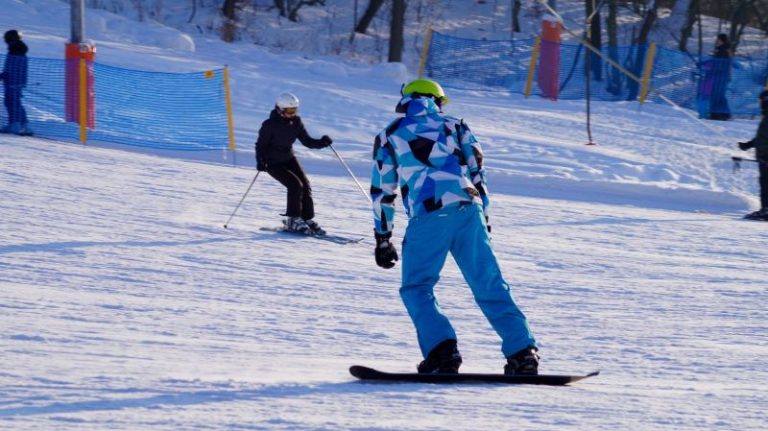Tips For Healthy Cycling.
Cycling orchard lined roads, touring between vineyards, cruising the Kettle valley railway, flowing down trails at Smith creek, or eagerly awaiting completion of the Okanagan rail trail – cycling offers something for everyone in the beautiful Okanagan.
After an injury or surgery, my patients commonly ask “do you think I’m ready to get back on my bike?”. More often than not, the answer is “yes”. The bicycle is such a fantastic tool for rehabilitation and exercise, producing low impact forces on the body, while promoting lower limb range of motion and strength. However, whether your goal is rehabilitation, fitness, competing in the next triathlon, or just plain enjoyment, you should be aware of some common aches and pains that can stem from time on your bike.
Necks, backs and knees are the most common areas of complaint from cyclists. Sure, cycling is low impact but it can also require long periods of time in sustained postures. When a muscle is in a prolonged contraction its blood flow is limited, its pH level drops becoming more acidic, at which time the muscle will begin to fatigue and complain. Experiencing muscle fatigue and mild pain is a normal process of getting stronger, however only when balanced with adequate recovery time! Prolonged load beyond your tissues tolerance and inadequate recovery time are the primary reasons for injuries on the bike.
If you’re new to cycling or getting back on the bike after a long hiatus, I would encourage you to adhere to the following three principles. 1) Get your bike properly fitted to you. A well fitted bike creates an efficient posture, significantly reducing unwanted loading on your neck, back and knees. Your local bike store can guide you in this process. 2) Start low and build slow. Gradually increasing the load on your bodies tissues and allowing recovery after a ride will allow your tissues to adapt, becoming more tolerant to prolonged postures on the bike. 3) Develop your core strength. The concept of ‘core strength’ is an over promoted concept but when it comes to cycling, having strong gluts and lower back muscles will help to maintain an efficient posture for producing power through the legs and minimizing strain on your back in the process. Consider consulting a physiotherapist or exercise professional for a few core strengthening exercises that can be performed off the bike two to three times a week.
The benefits of cycling far outweigh any of the potential aches and pains mentioned above. Train smartly by adhering to the above principles and continue to experience the joys of cycling in the Okanagan. Maybe I’ll see you at this years Apple triathlon?


